Differentiated Service Delivery Models Can Enhance the Resilience of Chronic Care Systems
The prevalence of non-communicable diseases (NCD) in people living with HIV (PLHIV) has been evident for years, as has the importance of providing integrated HIV and NCD services. Global and national guidelines increasingly call for HIV programs to provide integrated screening, prevention, and treatment services for NCDs and their risk factors, including hypertension, diabetes, cardiovascular disease, lung diseases, cancers, and depression. However, the scale-up of HIV/NCD services has been slow. CQUIN’s Miriam Rabkin, MD, MPH, highlighted how differentiated service delivery programs and non-communicable disease services could be integrated to address the prevalence of NCDs among people living with HIV as countries introduce new models of care for this population. Additionally, these models of new service delivery programs may also enhance the resilience of chronic care programs in the face of emergencies such as the COVID-19 pandemic.
Scaling up TB Preventive Treatment for People Living with HIV is a Global Imperative
Tuberculosis is the leading cause of death among people living with HIV, yet recent data shows that fewer than a third of new enrollees in HIV care initiated TB preventive treatment (TPT). This lack of treatment initiation for TB is particularly concerning as countries shift towards facilities of HIV that translate to reductions in the time that patients spend in health facilities. Looking forward, these new DSD models should be designed to leverage the opportunities that exist to enhance TBT services. In her presentation, Andrea Howard, MD, MS, presented evidence showing better health and treatment outcomes for people living with HIV (early and advanced HIV disease) who are on regular and short course TPT regimens. “TPT saves lives in people living with HIV with early disease, as well as those with advanced disease. Six months of IPT has a durable survival benefit independent of ART, even in high TB settings,” Additionally, she emphasized the importance of short-course regimens as “potential game-changers in efforts to improve TPT coverage and completion.”
Differentiated Service Delivery: One Size Does Not Fit All
In a session moderated by ICAP’s Susan Michaels-Strasser, PhD, MPH, RN, FAAN, public health leaders discussed the importance of person-centric approaches to simplify and adapt service delivery across the HIV prevention and care continuum that meets each patient’s needs in their unique life circumstance. Each case study presented a highly localized response to provide HIV prevention, treatment, and care services in a variety of contexts around the world. Peter Preko, MBChB, MPH, CQUIN’s project director, spoke to the variety of service delivery options available to deliver HIV treatment and care to patients at the individual, peer group, and community levels. “There is now growing evidence for less intensive DSD models for stable recipients of care,” he said. “These less-intensive models allow for multi-month antiretrovirals in a health facility or in a community setting either as individuals or as a group.” Research continues to show that these programs increase patient engagement, are cost-effective to the health facilities that oversee them, and are also comparable with facility-based models in terms of ART adherence, virologic suppression, and mortality.

